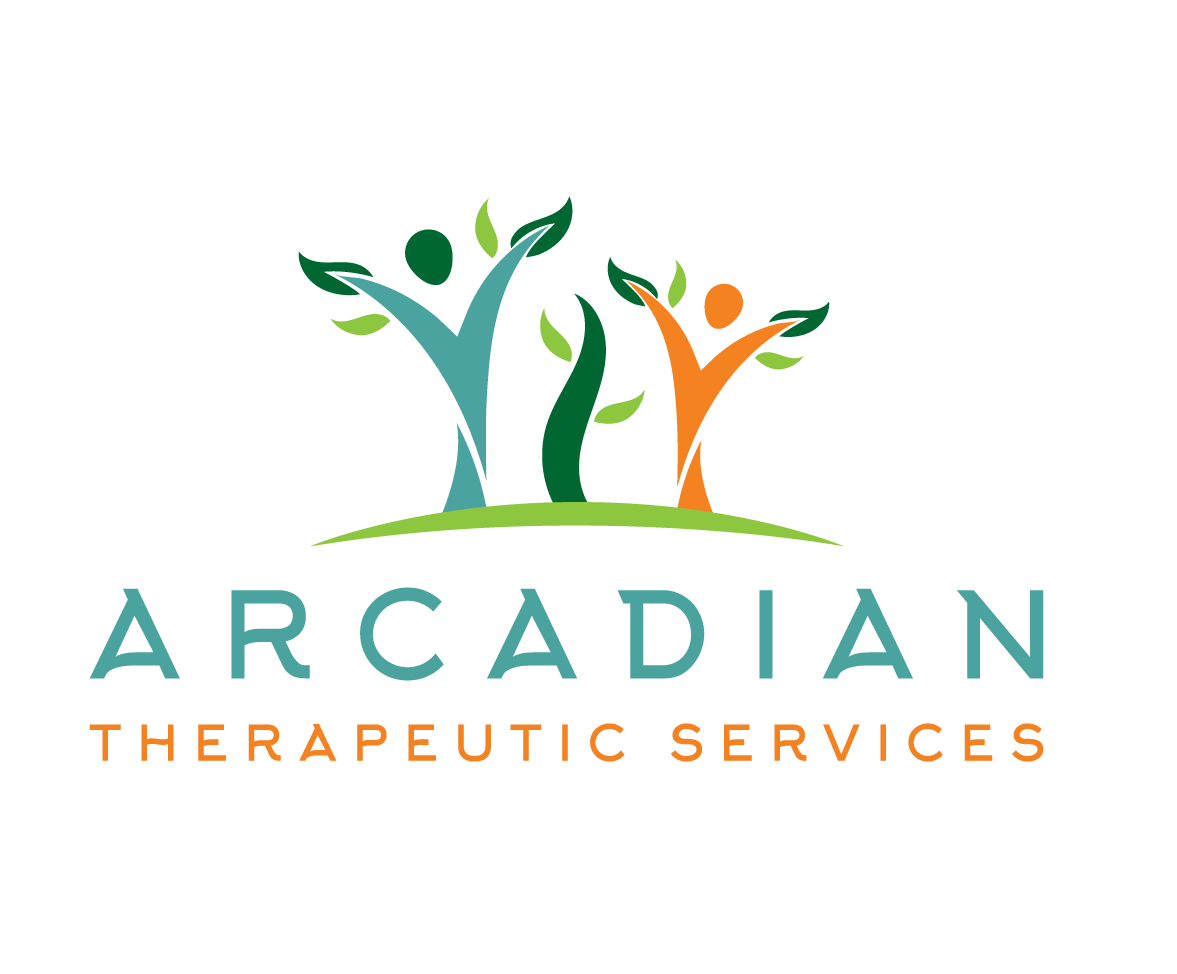Polyvagal Theory: A Body-Based Theory of Social Connection
To understand Polyvagal Theory, let’s imagine a real-world scenario. Twelve-year-old you is in middle school, secretly suffering with crippling stage fright. Suddenly, the teacher announces that you must get up on stage for an event at school. You make it up onto the stage in front of everyone, but your words get caught in your throat. Your heart is pounding, your hands are shaking and sweat is pouring down your back. You stand there, completely petrified, unable to move. In simple terms, you freeze. What do we call this response? Why does this happen, and how is a response like this helpful in day to day life? Polyvagal Theory explains this and similar responses, why they’re important, and explains how our nervous system reacts to perceived threats.
In TV shows, movies, books, and common conversation, we hear about Polyvagal Theory all the time without even realizing it. Sayings like, “Frozen like a deer in headlights,” or “Even a cornered rat is dangerous,” illustrate how commonly we share the very human experience of fight, flight or freeze responses. Dr. Stephen Porges created the Polyvagal Theory to understand these shared, automatic responses within the field of psychology.
Polyvagal theory explains that when someone feels safe, their mind and body are in a place of calm. In what this theory calls the green zone, the brain has high cognitive function. We are balanced and focused on the present moment, and our physical body functions as it needs to.
When our bodies enter the first zone of hyperarousal (or yellow zone) our sympathetic nervous system becomes engaged. In this zone, flight or flight responses take place. Our blood pressure and heart rate increase, and our brain releases adrenaline and other stress response hormones. Our body puts our ‘typical’ functions, such as digestion, on hold as it prepares to fight for survival. The physical sensations associated with this zone can be similar to those experienced in a panic attack or high anxiety situation;.
In the second state of hypoarousal (or the red zone), our parasympathetic nervous system is engaged. If we cross into this zone, our minds and bodies shut down. The response switches from gearing up for movement to a state of immobility, also known as freeze. In this state, the body prepares for pain by releasing endorphins to numb as a preventative measure.
Then, when the body deactivates, calms down and the perceived threat is over, we return again to the ventral vagal or safe “green” state.
Polyvagal Theory and our Children
When our children are in the safe or green zone, they feel calm, connected and present. Their brains and bodies are engaged and balanced to facilitate learning and listening.
When our children are in the fight/flight (or yellow) zone you will notice excitement, energy, anger, anxiety, or crankiness. If they feel unsafe, their fight or flight instinct takes over. When a child is in the freeze (or red) zone, they may seem depressed, withdrawn, helpless, or tired. By recognizing the signs your child displays depending on the zone they are in, you can help them implement skills and regulation tools until they are able to learn to regulate themselves.
Helping Your Dysregulated Child
Name your child’s emotions out loud. This helps them feel that you are present and understanding them, and helps model emotional literacy skills.
Help your child find a way to move their body or express emotion in a healthy, non-violent and safe way.
For children in freeze, communicate that you’re present for them without forcing proximity. Use verbal and non-verbal cues to communicate, “I am here. I hear you. I understand. I care.”
Give your child the autonomy to engage in a supported way. Ask them what they need and how you can help them, then respect their needs and wishes.
Children, adolescents, and adults who frequently shift between zones or struggle with their conduct during yellow or red zones may need additional support. Reach out to us to see how we can engage you and your family in positive coping that will support learning and social engagement.
Written by Gracen Kelly, Candidate for Masters in Clinical Mental Health Counseling
